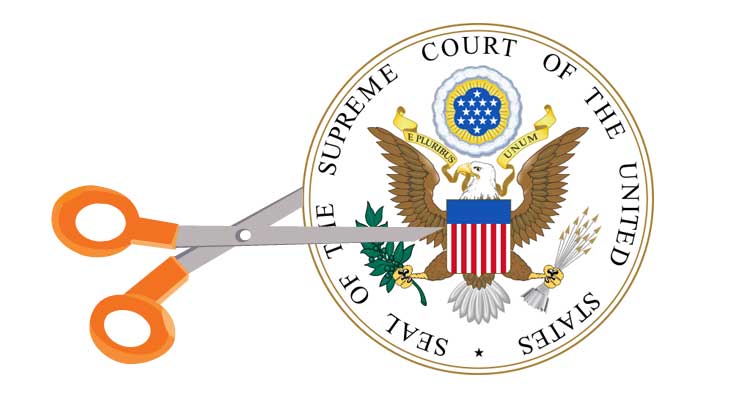
In 1925, Congress took away the right to appeal to the U.S. Supreme Court. That right was recognized in the Judiciary Act of 1789, passed two years before the Bill of Rights and almost at the same time Article III was placed in the Constitution. The Bill of Rights, therefore, contained constitutional law that should protect the right of access to all the courts. Due Process under the 5th Amendment has so many legal applications, and we have not even discovered all the “fair play” and “equal access” implications of that amendment.
Since the 1925 Congress, Chief Justice Taft made a variety of mistakes that led to destroying every American’s access rights, we should address the problems they cited. The Supreme Court of the United States is overloaded but the Chief Justice says the Courts of Appeals are part of the solution. This because there is nothing preventing Congress from making all of the Court of Appeals judges into United States Supreme Court justices.
The advantage of having U.S. Supreme Court panels all across the nation is that we would restore access to the highest court instead of having little fiefdom courts that try to avoid imposing Supreme Court precedents. The circuits are not always loyal to U.S. Supreme Court precedents.
In this age of electronic submissions, the Supreme Court as a whole could conduct oral arguments on a shifting, nine-member basis. If a litigant thinks that she got the wrong result from a panel, she would again have the right to en banc review. With so many members of the U.S. Supreme Court including all these former circuits, a random en banc panel of 20 justices could be chosen for each en banc review. There should be no discretion here; if someone wants such review, they should get it.
Creating a much bigger U.S. Supreme Court and abolishing the circuit courts would flatten the court structure and reduce the influence of any single justice. Justice is better when there are more judges involved, chosen randomly. In theory, all justices are the same even if in practice they are politically chosen and act like politicians of a sort.
Chief Justice Taft talked about the Supreme Court whining over its caseload, but his only solution to this problem was to remove the right of citizens to appeal to the Supreme Court, with the only appeal as of right stuck at the circuit level. As I have shown, circuits can be capricious, but Supreme Court panels will be randomly assigned and there will no such thing as a “split among circuits” because there be no circuits. There are always other options, and my suggestion would restore that constitutional right while allowing many judges to experience what it is like to be a Supreme Court justice. I think this is a good thing and would make the highest court more democratic and less polarized.
Leave a Reply